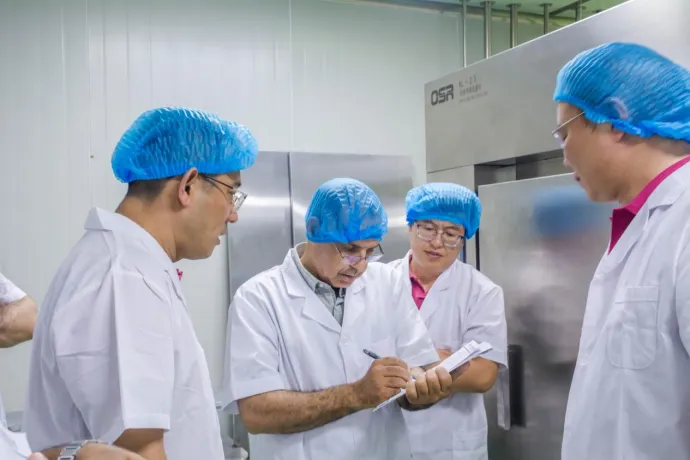Cattle farming is a cornerstone of agriculture, providing essential resources such as beef and dairy. However, the health and productivity of cattle can be significantly affected by nutritional deficiencies. Among these deficiencies, the lack of Vitamin E and selenium are particularly significant. This article aims to discuss the importance of Vitamin E and selenium injections in cattle, highlighting their benefits, dosage, and potential impacts on overall herd health.



